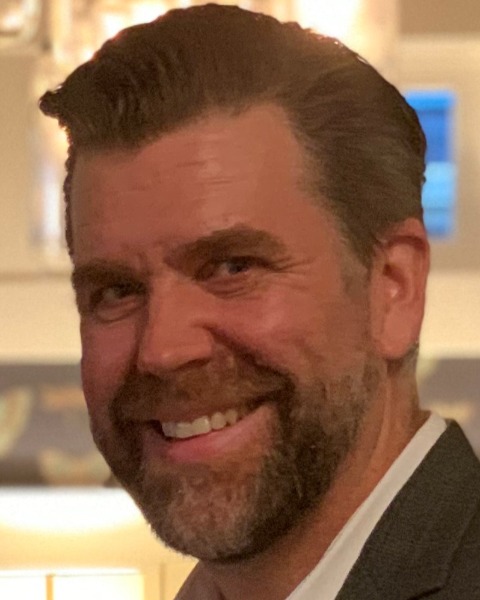Advocacy Project
Program: Section on Hospice and Palliative Medicine
P3B031: Addressing Gaps in Pediatric Hospice Care
Sunday, October 22, 2023
10:30 AM - 12:30 PM US EDT
Location: Walter E. Washington Convention Center, Exhibit Hall A
Background: Access to pediatric hospice care is inadequate. Most of the 20,000 children with serious illness who die annually in the United States die in the hospital, yet available research suggests that most families prefer their child die at home. Large geographic gaps in pediatric hospice service availability exist, as many adult-only hospice programs in many states do not admit children despite there being no alternative for hospice services in the area, often citing lack of pediatric-trained staff, specialty pediatric physician consultation, and drug availability, among other reasons.
Our pediatric palliative care program serves as the primary team for many children admitted to hospice, taking phone calls and serving as the first point of contact for the hospice care team. In December 2022, a 14-year-old girl with Sanfilippo Syndrome, a child known to our team, died at home without hospice services despite multiple attempts across the span of many months to coordinate with the only hospice provider available in that rural area.
Project Description: Prior to and ongoing from the time of this child’s death, our team has done work to address access to high quality pediatric hospice services. Efforts have been multidisciplinary and multifaceted: 1) A root cause analysis of this child’s death at a interdisciplinary morbidity and mortality conference; 2) Education of adult palliative care providers in our hospital system via grand rounds on pediatric hospice access; 3) Presentation at a state-wide hospice conference encouraging hospice providers to expand into pediatric services and offering our team as an ongoing resource; 4) A letter to the state representative of that particular rural area explaining how these gaps in care are detrimental to vulnerable children’s heath; 5) Partnership with patient’s mother, who has expressed interest in continued advocacy for access to pediatric hospice services via an in-person visit to the state senate.
Discussion: The “Concurrent Care for Children” Requirement of the Patient Protection and Affordable Care Act, the requirement that all state Medicaid programs pay for both curative and hospice services for children under age 21 who qualify, was a major step on a national level to reduce barriers for hospice access for children with serious illness. However, access to hospice services varies widely by state. Multiple states have expanded pediatric palliative and hospice care through state plan amendments and Medicaid waivers. The National Hospice and Palliative Care Organization (NHPCO) hosts a variety of toolkits on their website to help providers identify strategies (e.g. building a state palliative care coalition) for improving access to care. We hope to use these tools to further organize our efforts.
Conclusion: It is imperative that we, as pediatric providers, advocate for access to pediatric hospice services. Our team is continuing our efforts to address such gaps in care.
Our pediatric palliative care program serves as the primary team for many children admitted to hospice, taking phone calls and serving as the first point of contact for the hospice care team. In December 2022, a 14-year-old girl with Sanfilippo Syndrome, a child known to our team, died at home without hospice services despite multiple attempts across the span of many months to coordinate with the only hospice provider available in that rural area.
Project Description: Prior to and ongoing from the time of this child’s death, our team has done work to address access to high quality pediatric hospice services. Efforts have been multidisciplinary and multifaceted: 1) A root cause analysis of this child’s death at a interdisciplinary morbidity and mortality conference; 2) Education of adult palliative care providers in our hospital system via grand rounds on pediatric hospice access; 3) Presentation at a state-wide hospice conference encouraging hospice providers to expand into pediatric services and offering our team as an ongoing resource; 4) A letter to the state representative of that particular rural area explaining how these gaps in care are detrimental to vulnerable children’s heath; 5) Partnership with patient’s mother, who has expressed interest in continued advocacy for access to pediatric hospice services via an in-person visit to the state senate.
Discussion: The “Concurrent Care for Children” Requirement of the Patient Protection and Affordable Care Act, the requirement that all state Medicaid programs pay for both curative and hospice services for children under age 21 who qualify, was a major step on a national level to reduce barriers for hospice access for children with serious illness. However, access to hospice services varies widely by state. Multiple states have expanded pediatric palliative and hospice care through state plan amendments and Medicaid waivers. The National Hospice and Palliative Care Organization (NHPCO) hosts a variety of toolkits on their website to help providers identify strategies (e.g. building a state palliative care coalition) for improving access to care. We hope to use these tools to further organize our efforts.
Conclusion: It is imperative that we, as pediatric providers, advocate for access to pediatric hospice services. Our team is continuing our efforts to address such gaps in care.

Caroline Loring, MD (she/her/hers)
River Forest, Illinois

Guy L. Keplinger, RN (he/him/his)
Nurse Coordinator
OHSU Bridges Pediatric Palliative Care Team
Portland, Oregon

.png)
